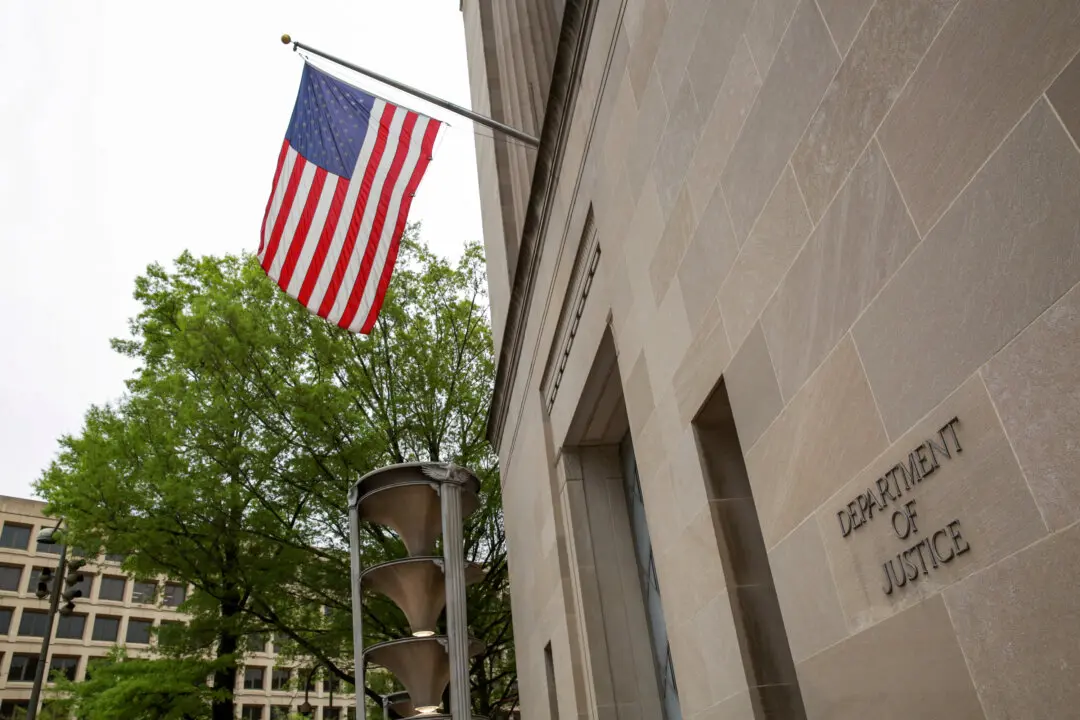Health officials have declared an end to a multi-state E. coli. outbreak linked to romaine lettuce that hospitalized 25 people last year.
The Centers for Disease Control and Prevention (CDC) said on Jan. 9, that the outbreak that was reported across 16 states and the District of Columbia appears to be over and that contaminated romaine should no longer be available on the market.




